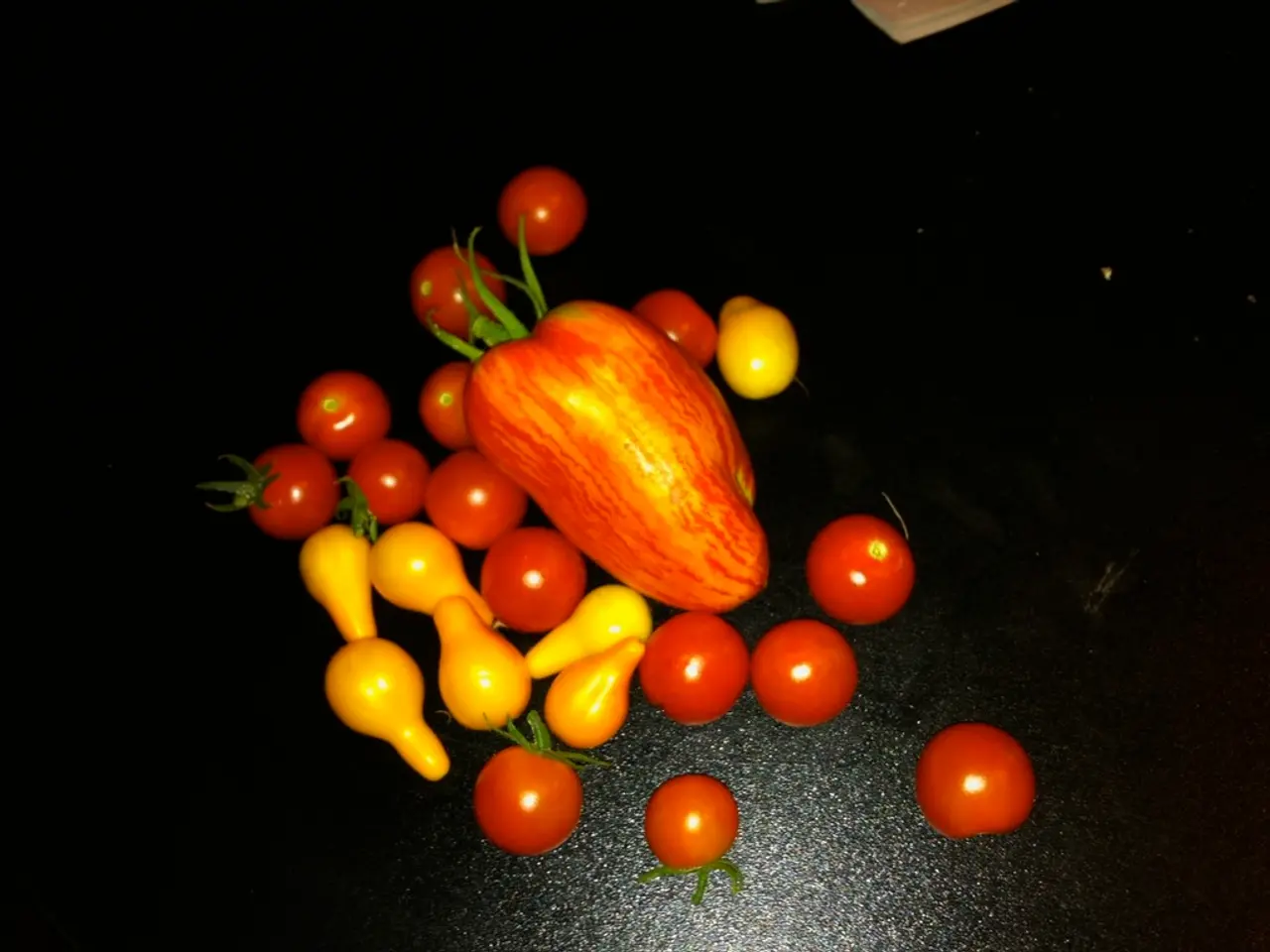Increasing American fruit imports show growing popularity in Vietnam
In the bustling markets of Vietnam, a noticeable change is underway. American imports, particularly high-end beef and seafood, are attracting a growing number of consumers, despite import duties of 14 to 20% on beef. This trend is a testament to the evolving trade relationship between the two countries.
The US is making its mark in Vietnam, not just in the meat section, but also in the fruit and vegetable aisles. American products, such as grapes, apples, cherries, citrus fruits, and California nectarines, are now common sights in Vietnamese supermarkets. The US, behind China, has become the second-largest fruit supplier to Vietnam, with fruit imports rising 47% to around $354 million.
The surge in US fruit imports is part of a broader trend. In the first seven months of 2025, Vietnam imported more than $10.5 billion worth of goods from the US, a 23% increase year-on-year. Imports of animal feed, soybeans, and plastic resins have also seen significant growth.
However, the story is not the same for all categories. Total fruit and vegetable imports to Vietnam had fallen nearly 18% year-on-year to around $1.5 billion by August 15, 2025. Yet, shipments from the US bucked this trend, growing steadily.
The growth in US fruit imports can be attributed to several factors. Lower tariffs on apples, cherries, almonds, and pistachios have helped American fruit win more market share in Vietnam. Competitive local prices, due to a plentiful domestic supply of fruits like durian, mango, dragon fruit, and longan, have also played a role in reducing the need for imports.
The US-Vietnam trade relationship is not limited to just food. Steel scrap imports from the US have doubled to $125 million, reflecting the recovery in construction and steel production. Imports of animal feed have increased by 27%, reaching $447 million. The surge in imports from the US includes seafood and raw materials, in addition to fruit.
The US Food Week event in HCM City, which introduced various US products to local consumers, underscored the importance of agricultural trade in the 30-year partnership between the two countries. US officials emphasized the role of this trade in fostering economic growth and improving livelihoods in Vietnam.
However, the rise in imports has not been without challenges. A stronger US dollar and high transport costs have pushed up prices of imported produce, further dampening demand. Yet, the positive trajectory of US-Vietnam trade suggests that these challenges may be temporary.
One category that continues to shine is cotton. Cotton remains the largest US export to Vietnam, with a value of nearly $940 million, up 56%. This sector, too, is a testament to the resilience and potential of the US-Vietnam trade relationship.
As we move forward, it will be interesting to see how this relationship evolves, particularly in the context of the changing global trade landscape. One area to watch is the possible impact of lower tariffs on US beef, which could lead to a significant increase in beef imports, according to industry groups.
In conclusion, the US-Vietnam trade relationship is witnessing a boom in 2025, particularly in the sectors of food, agriculture, and raw materials. This trend is expected to continue, with potential for further growth in areas like beef and cotton.
Read also:
- Peptide YY (PYY): Exploring its Role in Appetite Suppression, Intestinal Health, and Cognitive Links
- Toddler Health: Rotavirus Signs, Origins, and Potential Complications
- Digestive issues and heart discomfort: Root causes and associated health conditions
- House Infernos: Deadly Hazards Surpassing the Flames








